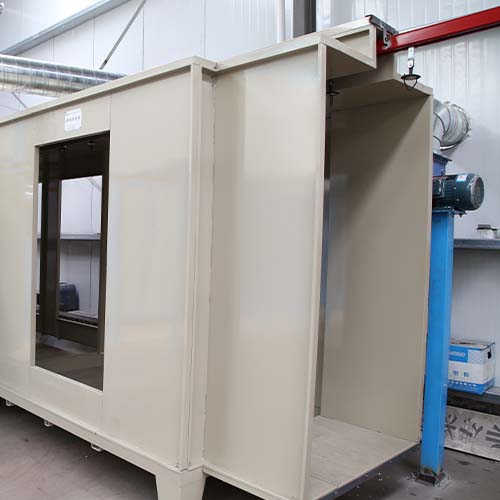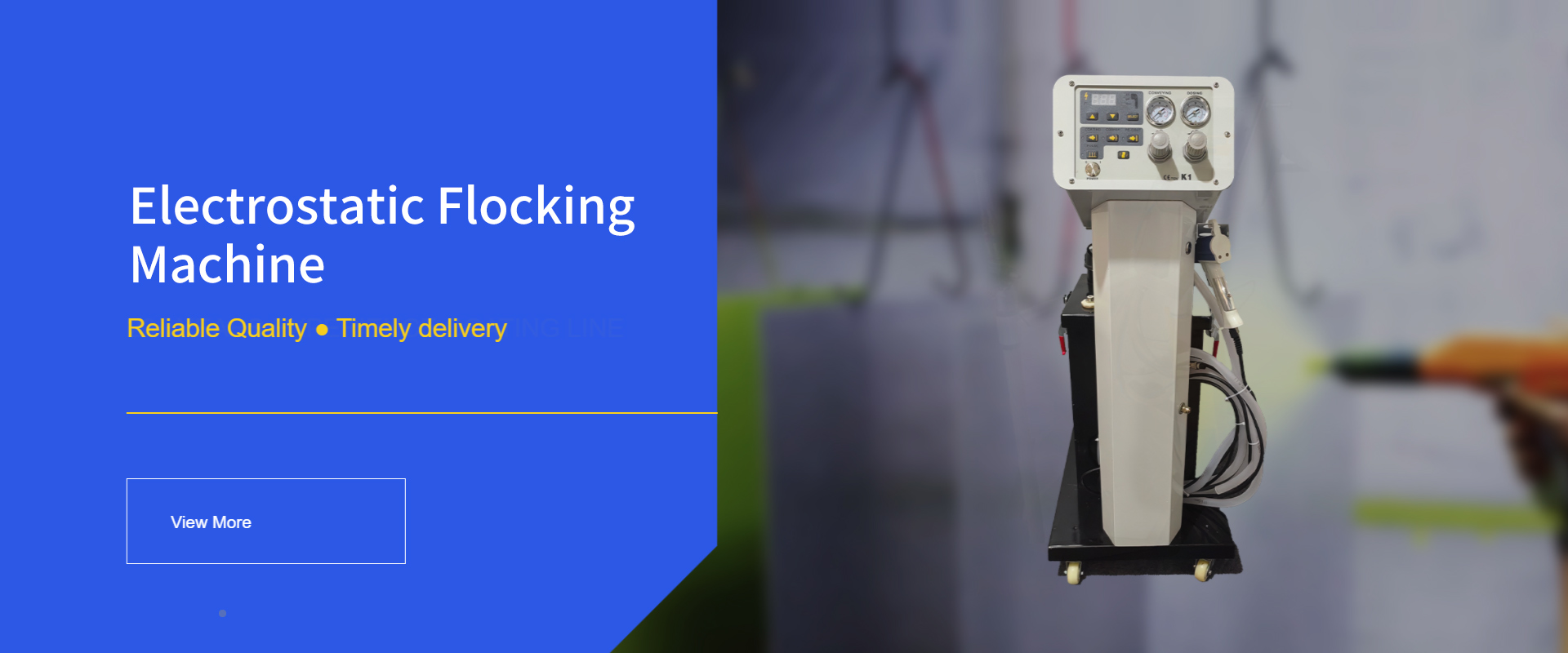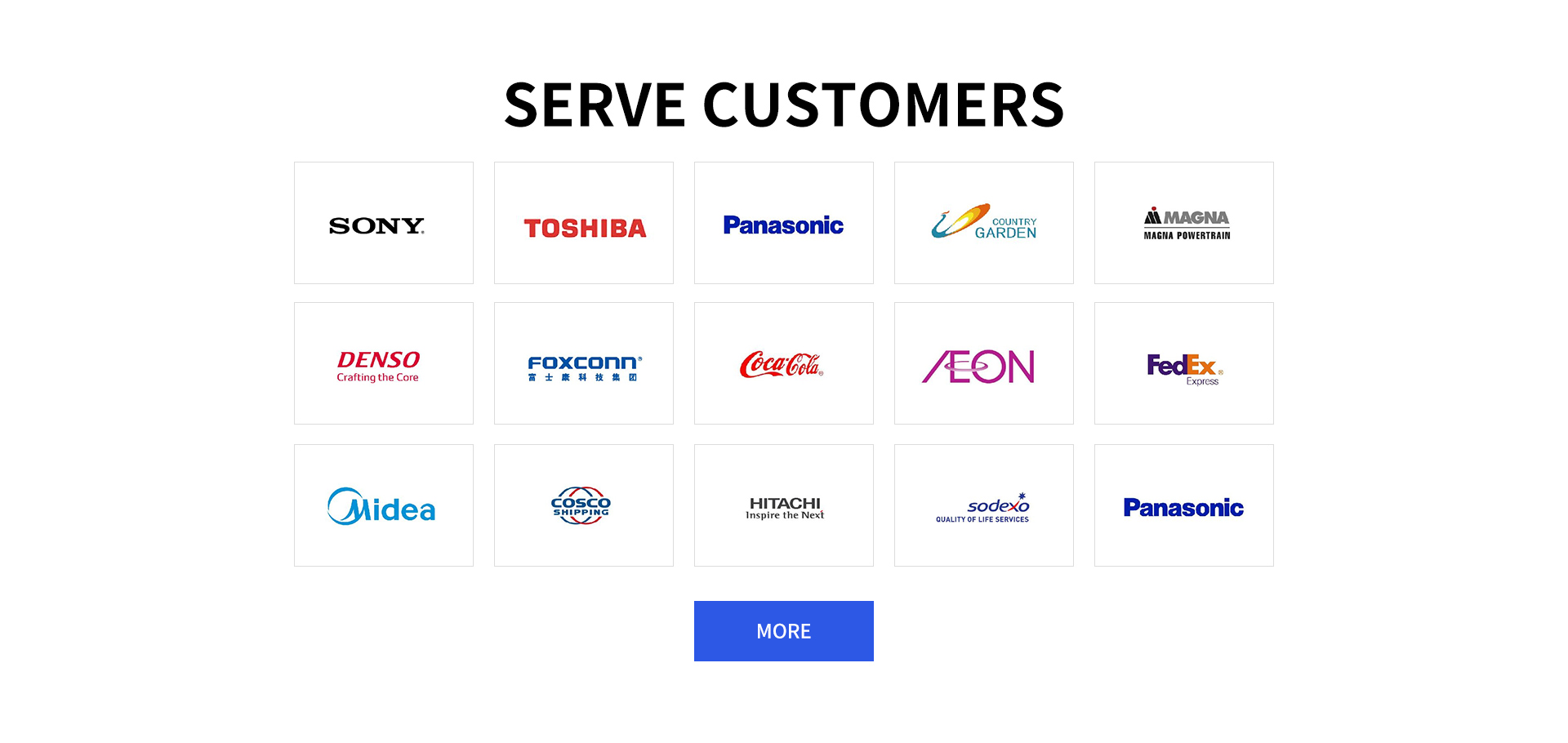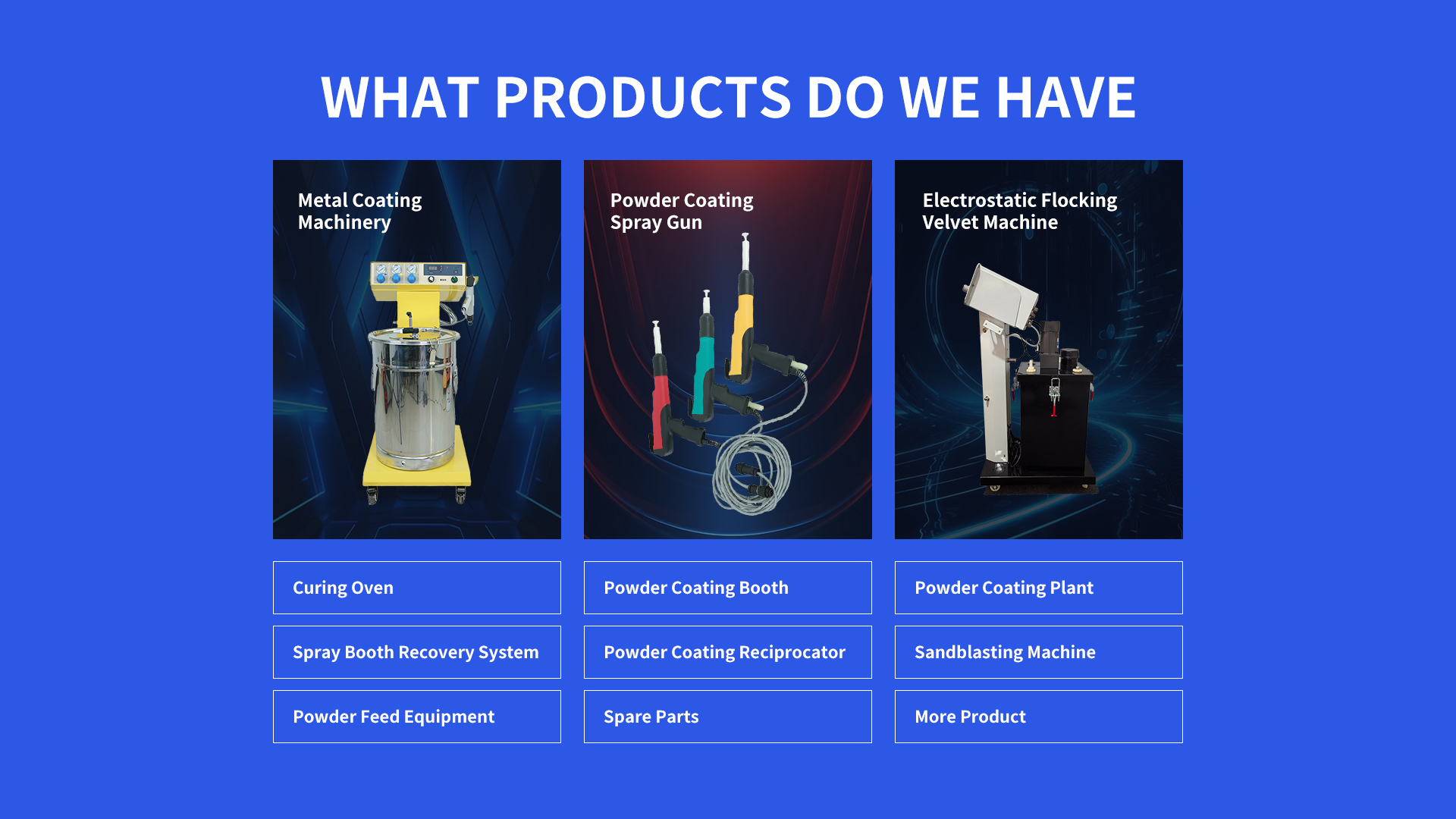Reliable Powder Coating Test Equipment for Quality Assurance
Powder Coating Test Equipment addresses the growing need for precise quality assessment in powder coating processes. These tools ensure coatings meet industry standards for durability and performance. Prices for Powder Coating Test Equipment range from (800 for basic handheld testers to )15,000+ for advanced automated systems, depending on testing capabilities and features.

Powder Coating Test Equipment: Introduction to Coating Projects
Powder Coating Test Equipment is essential for various coating projects. In automotive manufacturing, it tests coatings on parts like chassis and exhaust systems for corrosion resistance. Electronics manufacturers use it to verify the scratch resistance of device casings. Furniture producers rely on it to ensure powder coatings on metal frames withstand daily wear. These tools are vital for quality control in both small workshops and large production lines, ensuring every coated product meets safety and performance standards.
Powder Coating Test Equipment: Surface Treatment Process Technology
The surface treatment process technology validated by
Powder Coating Test Equipment involves multiple stages. First, pre - treatment tests ensure surfaces are free of contaminants, using adhesion testers to check primer bonding. During spraying, thickness gauges monitor powder layer uniformity. Post - curing, hardness testers measure coating durability, and salt spray chambers simulate corrosion conditions. These tests confirm that the entire process—from cleaning to curing—produces coatings that meet industry specifications.
Powder Coating Test Equipment: What is it?
Powder Coating Test Equipment refers to instruments designed to evaluate the quality and performance of powder coatings. These tools include thickness gauges, adhesion testers, hardness meters, salt spray chambers, and impact testers. They measure key parameters like coating thickness, bond strength, scratch resistance, and corrosion durability. By providing quantitative data, Powder Coating Test Equipment helps manufacturers validate process efficiency, optimize coating formulas, and ensure product consistency.
Powder Coating Test Equipment: Components and Their Introduction
Thickness Gauge: This device measures the thickness of powder coatings on various substrates. Magnetic - induction gauges work on ferrous metals, while eddy - current gauges suit non - ferrous materials. Digital models offer precision within 1μm, ideal for ensuring uniform coating application.
Adhesion Tester: Adhesion testers use cross - hatch or pull - off methods to assess how well the coating bonds to the surface. Cross - hatch testers create grid patterns to check for peeling, while pull - off testers measure the force required to detach the coating, expressed in MPa.
Salt Spray Chamber: Salt spray chambers simulate harsh environmental conditions to test corrosion resistance. They mist a 5% salt solution at controlled temperatures (35°C–50°C), allowing manufacturers to evaluate how coatings withstand moisture and salt exposure over time.
Hardness Tester: Hardness testers, such as the pencil hardness tester, determine a coating’s resistance to scratches. Operators apply pencils of varying hardness (from 6B to 6H) to the coating surface at a 45° angle, identifying the maximum hardness that does not damage the coating.
Powder Coating Test Equipment: Advantages
Powder Coating Test Equipment offers significant advantages for quality control. It ensures coatings meet regulatory standards, reducing product recalls. By identifying process flaws early, it minimizes rework and material waste. These tools also enable data - driven improvements, such as adjusting curing temperatures to enhance hardness. Additionally, they provide objective performance metrics, helping manufacturers differentiate their products in the market and build trust with clients.
Powder Coating Test Equipment: Frequently Asked Questions
Powder Coating Test Equipment: How to Choose the Right Thickness Gauge?
When choosing a thickness gauge for Powder Coating Test Equipment, consider the substrate material. Magnetic gauges are suitable for steel and iron, while eddy - current gauges work on aluminum or copper. Look for a gauge with a measurement range matching your coating thickness (e.g., 0–2000μm). Digital models with LCD displays and data storage simplify record - keeping. For mobile use, opt for handheld devices with rechargeable batteries and ergonomic designs.
Powder Coating Test Equipment: How to Operate a Salt Spray Chamber?
Operating a salt spray chamber for Powder Coating Test Equipment requires precise setup. First, prepare a 5% sodium chloride solution and fill the chamber’s reservoir. Set the temperature to 35°C (±2°C) and adjust the spray pressure to 100–150 kPa. Place coated samples in the chamber at a 30° angle to ensure even exposure. Monitor the salt mist density (1–2ml/80cm²/hour) and conduct tests for the required duration (e.g., 500 hours for automotive parts). Always wear protective gear when handling salt solutions.
Powder Coating Test Equipment: How to Calibrate an Adhesion Tester?
Calibrating an adhesion tester for Powder Coating Test Equipment ensures accurate results. For cross - hatch testers, use a calibration plate with predefined grid patterns. Check that the blade spacing matches the tester’s specifications (e.g., 1mm or 2mm). For pull - off testers, use a calibration weight set to verify the force measurement accuracy. Perform calibrations quarterly or after significant impacts to the device, following the manufacturer’s guidelines.
Powder Coating Test Equipment: How to Maintain Hardness Testers?
Maintaining hardness testers for Powder Coating Test Equipment extends their lifespan. After each use, wipe the tester’s tip with a dry cloth to remove coating debris. Store pencils in a cool, dry place to prevent lead breakage. Regularly check the spring tension in pencil holders to ensure consistent pressure (typically 1kg). For digital hardness testers, update the software firmware as needed and calibrate the force sensor annually using standard test blocks.
Powder Coating Test Equipment: How to Interpret Salt Spray Test Results?
Interpreting salt spray test results from Powder Coating Test Equipment involves visual and quantitative analysis. Examine samples for rust formation, blistering, or coating detachment. Measure corrosion areas using a magnifying glass or digital imaging software. Compare results against industry standards (e.g., ASTM B117). For example, a coating showing less than 5% rust after 1000 hours may be suitable for outdoor applications. Document findings with photographs and detailed reports for quality records.
Disclaimer: Enhance your coating process with advanced electrostatic powder coating machines, precision powder coating spray guns, comprehensive powder coating systems, and efficient powder coating lines from Hangzhou Huaxiang Coating Equipment Co., Ltd. Designed for reliability and high-quality finishes, our solutions meet all your industrial powder coating machine needs. Contact us at gezx@cncolourspray.com












